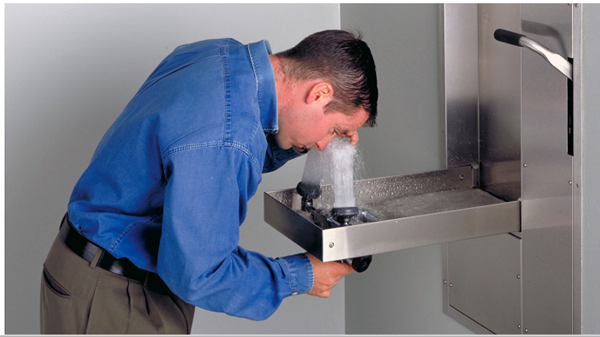Every Information on Eyewash Stations
The majority of company owners nowadays have become a unstoppable multitaskers, however when it comes to the safety of their employees, every now and then, they do tend to look for shortcuts. If you are a company owner and you recognized a hint of your negligence right there, you are doing it wrong.
The importance of providing the safest possible environment for your workers, especially when chemicals are on the other side of the battlefield, is an utmost necessity that we mustn’t negotiate about. Hence the importance of providing eyewash station units. With the invention of the eyewash station, people that work in such environments have become more empowered and protected regarding the crucial first few minutes after their eyes have had an up close and personal encounter with hazardous chemical substance.
Equally important as the installation of eyewash stations is the training that the workers must undergo in order to be prepared, fast and confident in what they are doing, should an unfortunate need for a quick and thorough washing of the eyes arise.
Also, it is very important to note that no mater how trainer the employees are, in the moment of intense pain, the person in danger may not be able to successfully and thoroughly wash away the chemicals. Therefore, apart from knowing how to help themselves, workers must have an additional training and learn how to properly help their co-workers. For instance, they must all be aware that it is best to hold the eyelids of the person open while the water is running forcefully in the eye area, since the basic instinct will make the sufferer flinch and keep his eyes shit tightly.
The eyewash stations should be regularly inspected, tested and maintained. The semi-annual tests that the regulations for eyewash stations require are linked to the fluid volume, the valve leakage and the clogged lines. On every eyewash station there must be a tag that states the last verification date. If the date is not current, the station should not be put in use.
There are two main types of eye-washes.
Self-contained eye-washes are a great option when workers are on the go and there is no physical way to have eyewash station installed around them. These eye-washes can either contain a mixture of tap water and preservative or they can use purified water and sealed cartridges. The preservative that is put in the mixed concentrate units serves to prevent bacterial growth that can lead to serious eye infections.
Plumbed Eyewash Stations, as the name itself suggests, are plumbed to a water source located in the working area. They also rely on tap water a solution that triggers fierce arguments among doctors and other experts that warn about the potential hazards that lurk within this liquid, but many of them claim that the pathogens that might be harmful when it comes to drinking, don’t have the same damaging impact when tap water is used for washing.
A common problem that arises during the installation of the eyewash stations is the location and the temperature that might dictate additional requirements. For instance, many a time it happens so that these stations must be installed outdoors and of course, they must be used during the cold months. Unfortunately, insulation fails to be the solution we need for freezing conditions. Therefore, the employees must turn to heat tracing and bleeder valves that thermostatically operated and provide freeze protection.
As much as freezing can impose itself as a problem, overheating can also prevent the proper work of an eyewash station due to the heat that nearby equipment might be releasing. Scald protection bleeder valves are the most logical solution to this problem – they will allow the system to be refilled with cool water and the hot water will be removed.
Finally, remember that for everything to run properly in industrial working environments, or in any working area for that matter, the most important segment is the human factor. Addressing the employees’ safety needs accounts for more efficient team building and it also makes the professional employer-employee bond stronger.

